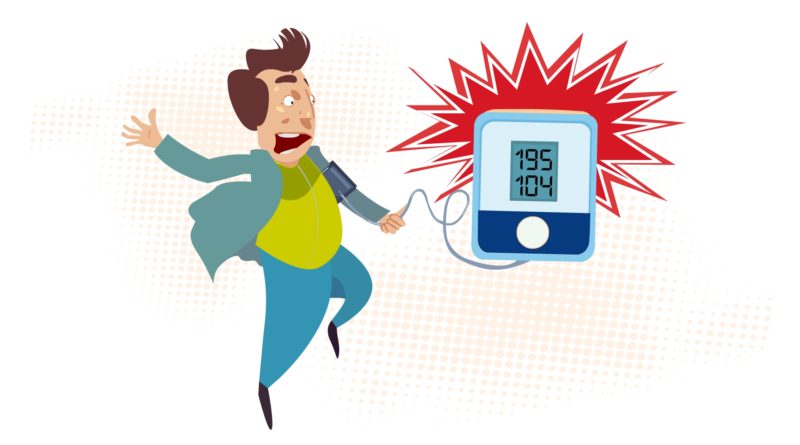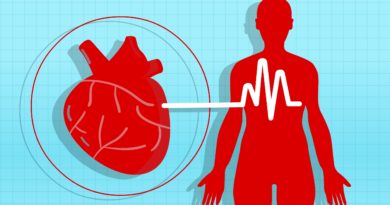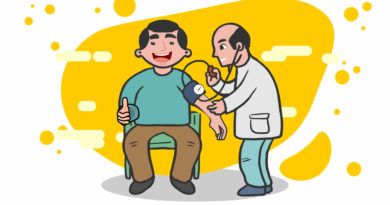What kind of tests are done to diagnose hypertension?
Typically blood pressure is measured by using an inflatable arm cuff around your arm using a pressure-measuring gauge. In order to diagnose hypertension, a blood pressure reading, given in millimeters of mercury (mmHg) and they fall into four general categories:
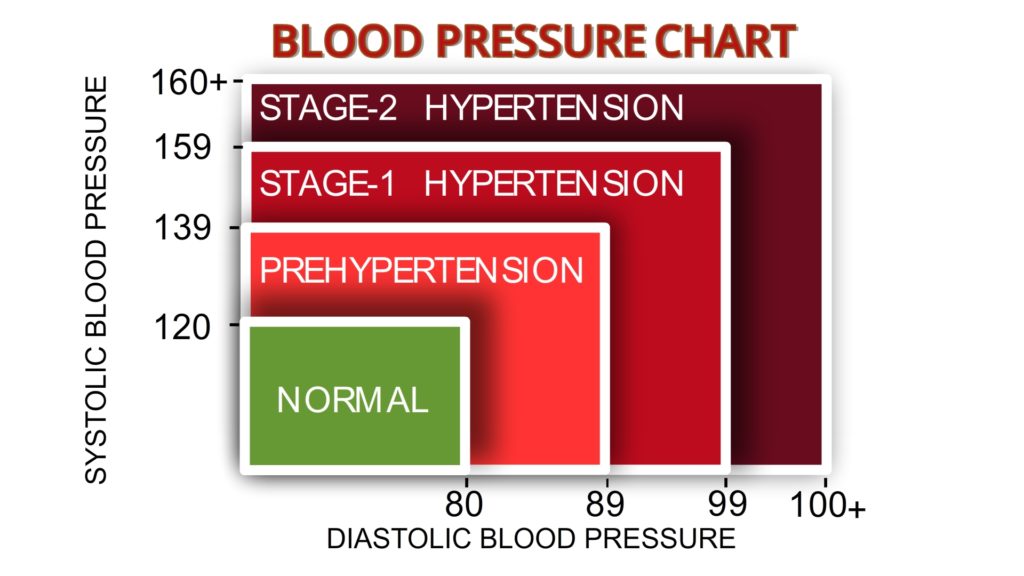
Low blood pressure: Sometimes also referred to as hypotension, indicates that the blood pressure is under 90/60 mmHg. This low flow of blood to the organs may cause strokes, heart attacks, and kidney failure.
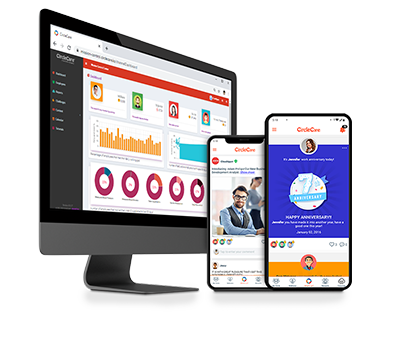
Corporate Wellness App
CircleCare
Hypotension that doesn’t show any signs or symptoms like brief episodes of dizziness when standing rarely requires any kind of medical treatment. If you do have symptoms of hypertension, the doctor might suggest treatment depending on the underlying cause.
Ideal blood pressure: The normal pressure of blood is when it remains within 80/120 mmHg.
Pre High Blood Pressure: Prehypertension is when blood pressure readings are between 80-89/120-139 (systolic pressure from 120 to 139 mm Hg or a diastolic pressure from 80 to 89 mm Hg).
High Blood Pressure: When your blood pressure range is higher than 90/140 it is considered as hypertension or high blood pressure. Once you get this type of reading, consult your doctor immediately and start making healthy lifestyle choices.
How to manage blood pressure?
If your blood pressure reading shows elevated numbers, your doctor might suggest some lifestyle changes to control blood pressure:
- Reduce the amount of salt in your diet (no more than 2300 mg)
- Eat healthy & organic foods (Vegetables & Fruits)
- If you smoke, quit now!
- Lose weight, if you are obese
- Exercise regularly and walk at least 8000 steps a day
- Do not consume alcohol or other recreational drugs
Doctors generally take 2 to 3 blood pressure readings on both arms in multiple appointments to diagnose hypertension, because blood pressure generally varies throughout the day. Sometimes blood pressure can also spike while you are visiting the doctor, this is known as white coat syndrome. In some special cases doctors may also suggest you take blood pressure measurements at home and the office or 24-hour blood pressure monitoring tests called ambulatory blood pressure monitoring.
Is there any health risk involved?
No! During the tests done to diagnose hypertension, the squeezing feeling of an inflated blood pressure cuff on your arm may be uncomfortable, but it should last only a few minutes. There is no health risk involved with it and it is a good practice to have a regular check-up.

